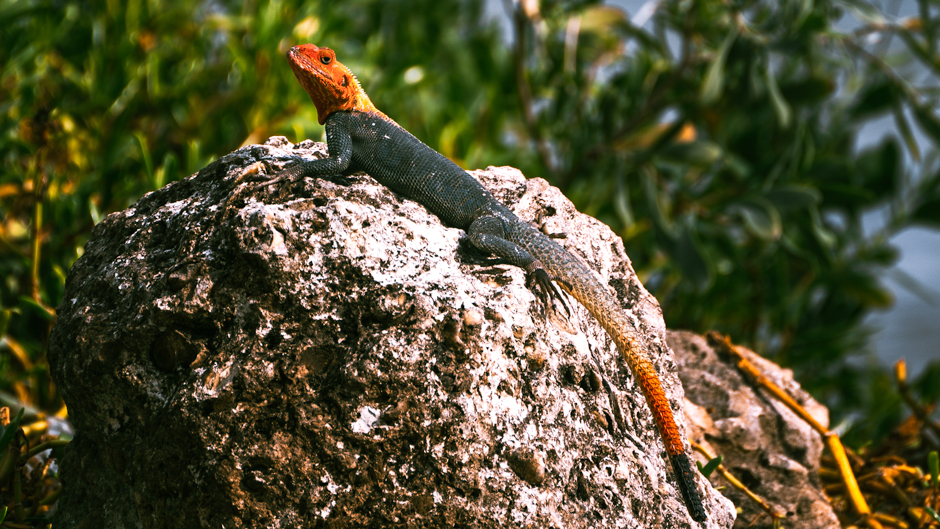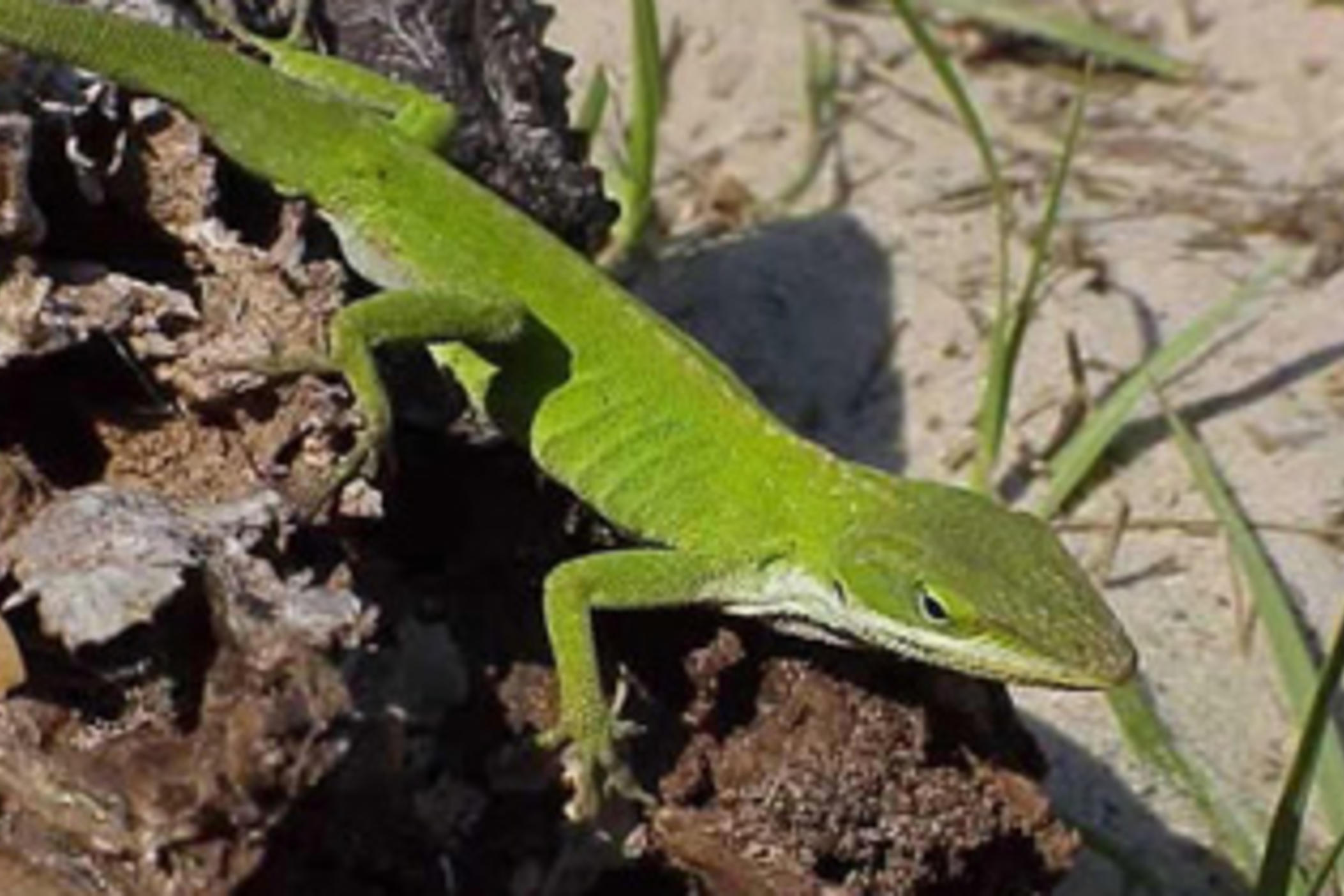Have you ever stepped outside and noticed an unusual number of lizards darting across your yard? You might find yourself wondering why your outdoor space has become a hotspot for these scaly creatures.
Is it something you should be worried about, or perhaps even embraced? Understanding the reasons behind this lizard invasion can give you peace of mind and even help you appreciate these fascinating reptiles. Stick around, because we’re about to unravel the mystery behind the lizard boom in your yard and reveal what it means for you and your garden.
Lizard Habitats
If you’ve been noticing a sudden increase in lizard sightings in your yard, you’re not alone. These fascinating creatures are drawn to specific environments that make your outdoor space an attractive habitat. Understanding why lizards love your yard can help you coexist with them or manage their presence if needed.
Preferred Environments
Lizards are creatures of habit and have particular tastes when it comes to their homes. They love warm areas with plenty of sunlight. Think about those sunny spots in your yard; these are prime real estate for lizards. They also prefer places with lots of hiding spots. Your garden, with its rocks, plants, and garden decor, might be the perfect hideaway.
Consider the moisture levels in your yard. Lizards are often found in areas with consistent humidity, which helps them regulate their body temperature. If you have a well-watered garden or are near a water source, this could be why you’re seeing more of them.
Common Species In Yards
Different types of lizards might call your yard home. One common visitor is the garden skink. These small, agile creatures are harmless and often seen darting around in search of insects. Another frequent guest might be the green anole. Known for their vibrant color, they are fascinating to watch as they change hues with their surroundings.
The fence lizard is another contender. These lizards are often found basking on fences or walls, soaking up the sun. Their presence might indicate a healthy ecosystem in your yard, as they feed on insects and pests. Are you seeing any of these lizards? It’s a sign of a lively and balanced backyard environment.
Ultimately, the lizard population in your yard might be telling you something. Are they indicating a healthy insect population or showcasing the perfect habitat you’ve created? How can you manage their presence while preserving your yard’s natural beauty?

Credit: www.facebook.com
Factors Attracting Lizards
Lizards often appear in your yard due to ample food sources like insects. Warm, sunny spots also attract them. Vegetation and hiding places provide safety, drawing them to your garden.
Lizards in your yard might seem like uninvited guests, but they’re typically drawn by specific factors that make your yard an appealing habitat. If you’ve noticed an uptick in lizard sightings, it’s likely due to a few key elements that cater to their needs. Understanding these factors can help you manage their presence and even appreciate the role they play in your local ecosystem.Ideal Temperatures
Lizards thrive in warm environments. Your yard may provide the perfect temperature range for their comfort. They bask in sunlight to regulate their body temperature, often lounging on rocks or sunny patches. If your area has been experiencing higher temperatures, it’s likely attracting more lizards. Consider if your yard offers consistent warmth throughout the day—it’s like a natural sauna for them!Abundant Food Sources
Lizards are opportunistic feeders. They feast on insects, spiders, and sometimes even small plants. A yard teeming with bugs is a buffet for them. You might have unknowingly nurtured a thriving insect population, making your yard a lizard paradise. Have you noticed more insects lately? This might be the reason for the reptilian influx.Shelter Opportunities
Your yard might offer excellent hiding spots for lizards. They seek out crevices, piles of leaves, and dense bushes for protection and nesting. Look around your yard. Are there ample places for lizards to hide? These shelters not only provide safety but also make your yard a preferred habitat. Your yard’s features might be playing host to these fascinating creatures. By recognizing the factors attracting lizards, you can decide whether to embrace their presence or make changes to dissuade them. What changes would you consider making?Seasonal Patterns
Lizards appear more frequently in yards during warm seasons. This is due to increased insect activity and ideal breeding conditions. They help control pest populations naturally, benefiting gardens and yards.
Seeing an increase in lizards in your yard can be intriguing. These creatures aren’t just aimlessly wandering around; their presence often follows specific seasonal patterns. Understanding these patterns can help you appreciate their behavior and even predict when you might see more of them.Breeding Seasons
During certain times of the year, lizards become more active due to their breeding seasons. This means you’ll likely see more lizards scurrying around as they search for mates. In my own yard, I noticed a spike in activity in the early summer months. It was as if overnight, lizards decided my garden was the best singles bar in town. This is a time when they are more territorial and active during daylight hours. If you see lizards displaying bright colors or engaging in little “push-up” displays, they might be trying to impress potential mates.Migration Patterns
Lizards might also be moving through your yard due to migration patterns. Some species travel to different locations to find optimal environments for food and shelter as seasons change. A few years back, I noticed a trail of lizards heading towards the rockier side of my yard as autumn approached. It seemed they were seeking warmer spots to bask as the temperature began to drop. These movements can be quite fascinating to observe. Have you ever thought about what makes your yard appealing to these tiny travelers? Consider the mix of sun and shade, or the variety of insects that might be attracting them. By tuning into these seasonal patterns, you gain insight into the natural world around you. Are you noticing more lizards at a particular time of year? Understanding why can help you coexist with these intriguing creatures harmoniously.
Credit: news.miami.edu
Benefits Of Lizards
Lizards are more than just scaly visitors in your yard. They play vital roles in maintaining the health of your local ecosystem. These creatures offer numerous benefits that might surprise you. Understanding these advantages can help you appreciate their presence more.
Natural Pest Control
Lizards are natural pest controllers. They feast on insects like flies, spiders, and beetles. This reduces the need for chemical pesticides in your yard. Their diet helps keep pesky bugs at bay. This means fewer bites and stings for you. Plus, a healthier garden environment.
Biodiversity Indicators
The presence of lizards indicates good biodiversity. They thrive in healthy ecosystems. Lizards show that your garden supports various life forms. This balance is crucial for a thriving environment. Their presence often points to a well-maintained habitat. It suggests your yard is a welcoming space for diverse species.
Managing Lizard Populations
Lizards in your yard can be a curious sight. They play a vital role in the ecosystem. They help control insects and pests. Yet, too many can cause concerns. Managing their population is essential for balance.
Creating Balance
Encourage a balanced habitat for lizards. Keep your garden diverse. Plant native shrubs and flowers. These provide shelter and food. Attract natural predators like birds. They help keep lizard numbers in check. Balance is key to a healthy yard.
Non-invasive Control Methods
Consider non-invasive ways to manage lizards. Use natural repellents like garlic spray. They dislike the smell. Regularly clean your yard. Remove debris and clutter. This reduces hiding spots. Seal cracks and gaps in walls. Prevent lizards from entering your home. These methods are gentle yet effective.
Cultural And Symbolic Meanings
Lizards in your yard might carry cultural and symbolic meanings. They often signify transformation and adaptability. These creatures can also symbolize good fortune and regeneration, offering a natural connection to your surroundings.
When you notice an abundance of lizards in your yard, it might seem like a simple coincidence, but have you ever wondered if there’s more to it? Lizards have been part of human culture and symbolism for centuries, often carrying meanings that go beyond their physical presence. Understanding these cultural and symbolic meanings can offer a new perspective on why these creatures are more than just garden inhabitants.Lizards In Folklore
Lizards have slithered their way into folklore across the globe. In ancient Roman mythology, lizards were thought to be symbols of death and resurrection, due to their ability to shed their tails and regrow them. This trait was seen as a metaphor for renewal and transformation. In Native American folklore, lizards are often depicted as creatures of dreams and illusions. Some tribes believed that lizards held the power to guide people through their dreams, offering protection and insight. Next time you see a lizard, consider what dreams or transformations might be on the horizon for you.Symbolism In Different Cultures
In many cultures, lizards symbolize agility and adaptability. In Egyptian hieroglyphs, the lizard was a symbol of abundance and good fortune. Spotting a lizard might be a reminder to adapt and thrive, no matter the circumstances. In Hindu culture, lizards are considered omens, and their presence can be interpreted based on the direction they are facing. For instance, seeing a lizard on your right side is thought to bring good luck. So, the next time a lizard scurries past you, think about the direction it’s heading and what fortune it might symbolize. You might find it fascinating to learn that in some Caribbean cultures, lizards are associated with witchcraft and magic. They are believed to be the eyes and ears of witches, watching over people and reporting back. This might add a mysterious twist to your garden’s lizard population. Have you ever thought about what lizards symbolize in your own life? Their presence could be a gentle nudge to embrace change or a sign of upcoming prosperity. Understanding these cultural meanings can transform a simple sighting into a thoughtful reflection.
Credit: www.gpb.org
Frequently Asked Questions
What Attracts Lizards To My Yard?
Lizards are attracted by insects, warmth, and shelter. They thrive in gardens with ample hiding spots.
Are Lizards Harmful To My Garden?
Lizards aren’t harmful. They eat pests like insects and help maintain a healthy garden ecosystem.
How Can I Reduce Lizard Presence In My Yard?
Reduce clutter and trim plants. Remove food sources like insects to discourage lizards from staying.
Do Lizards Indicate A Pest Problem?
Lizards may indicate an insect problem. They feed on bugs, so their presence often suggests abundant food.
Can Lizards Be Beneficial To My Yard?
Yes, they control pests naturally. They help balance the ecosystem by eating insects and small bugs.
Conclusion
Lizards are a natural part of your yard’s ecosystem. They help control pests and maintain balance. Observing them can be fascinating and educational. Simple changes attract or deter them based on your preference. Planting native vegetation offers them shelter and food.
Reducing insects decreases their presence. Keep your garden tidy to limit hiding spots. You can coexist with these creatures peacefully. Understanding their habits aids in managing their numbers. Lizards contribute to a healthy environment. Embrace their presence as a sign of a thriving yard.





